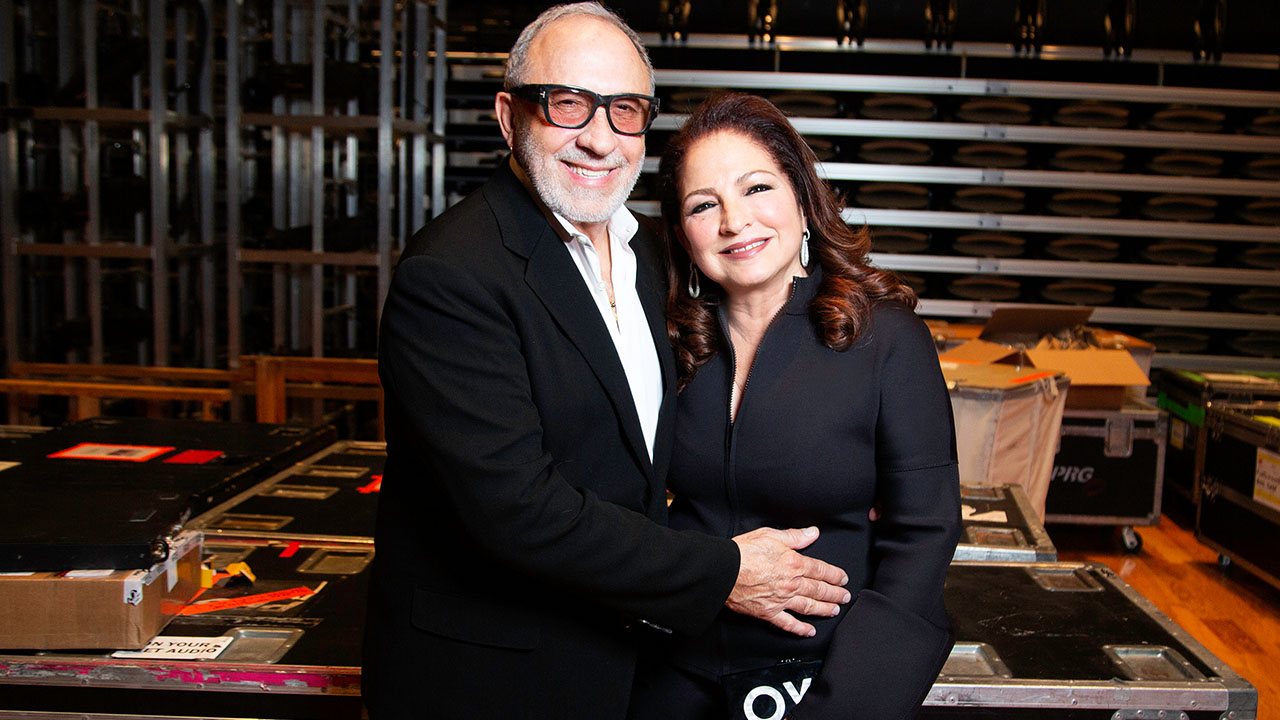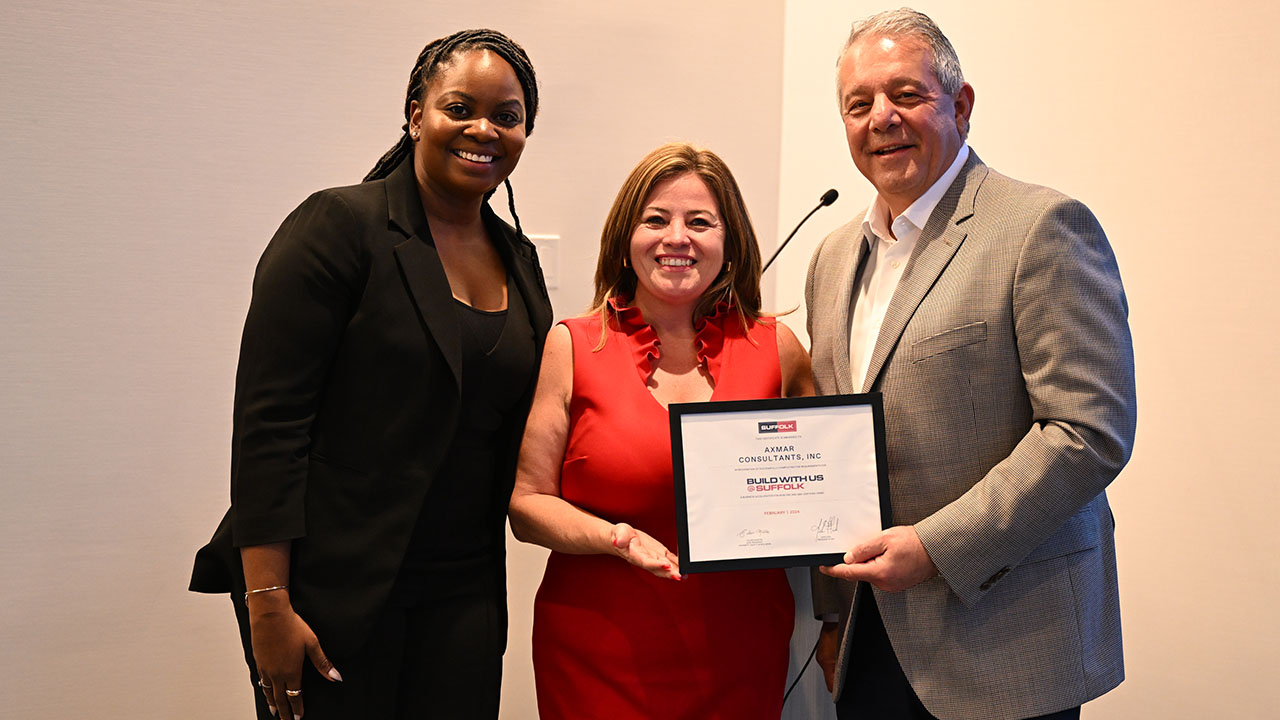Dear Mr. Berko: At 63, I need income and growth. I recently retired after 34 years with the same company. I moved my $388,000 401(k), which owned a group of lousy mutual funds, into an individual retirement account and control my own investing. My new stockbroker had me buy Pfizer, AT&T, Blackstone Mortgage Trust, Bank of America, AmeriGas, W.P. Carey and Kraft Heinz. But his recommendation of buying 500 shares of PPL Corp. — because it yields 4.1 percent — doesn’t feel right to me. I’m familiar with the other companies I bought, because you’ve written about them. Would you please comment on PPL Corp.? — OS, Erie, Pa.
Dear OS: I like your broker. He hasn’t tried to sell you an annuity; rather, he’s recommended sound investments for income and growth. However, this fellow must be drunk as a lord to recommend PPL Corp. (PPL-$38.90), a holding company for PPL Electric Utilities — formerly known as Pennsylvania Power and Light — which is a dull-as-ditchwater utility. Though the dividend has increased in 15 of the past 16 years, PPL’s stock has been flat as a flapjack during the past decade of rising prices. PPL is up 7.3 percent since the November election. That’s good! But PPL has a short interest-to-equity float ratio — 16.4 percent — four times as high as any utility in SPDR’s proprietary Utilities ETF (XLU-$54.60). And XLU, yielding 3.9 percent, is up 13.5 percent since November. What do short sellers know that you and your broker don’t?
Ten years ago, PPL’s revenues were $6.5 billion. Today revenues are $6.9 billion. Where’s the growth, Ollie? A decade ago, book value was $14.88. Now it’s $14.56. No growth here, Ollie! Earnings in 2007 were $2.63 a share. This year, earnings are $2.79. Not much growth here, Ollie! Between 2007 and year end 2016, cash flow fell by 20 percent, and the debt-equity ratio increased by 12 percent. Return on capital fell from 9.2 percent to 6.5 percent. That’s disappointing, too, Ollie! Ten years ago, PPL paid a $1.22 dividend, which was 46 percent of earnings. Last year, PPL paid $1.52, which was 62 percent of earnings. This year, earnings are expected to fall by 20 percent. But the board raised the dividend to $1.58, which is 72 percent of 2017’s projected earnings of $2.20 a share. That’s 100 basis points above the Utilities average. That’s terrible, Ollie! PPL badly needs some rate relief and may get lucky with rate increases at its Kentucky Utilities and Louisville Gas and E!
lectric subsidiaries this year. Still, management plans to sell $350 million worth of new common stock annually through 2020 to finance its increased capital spending program. That’s about 8 million new shares each year.
There are utilities I like less than PPL — but they provide power to residents in Iran, Somalia and North Korea. I wouldn’t care to participate in their ownership. And I wouldn’t care to own a single share of PPL. But I acknowledge that Vanguard, State Street, Bank of America, Invesco, BlackRock, Federated, Franklin Templeton and MFS own over 250 million shares. This and plain stupidity may be the reason for the large fund ownership. But I’d like to know why William “Big Willy” Spence, who is chairman and CEO of the company, sold over 100,000 shares of PPL between January and March of this year and 310,000 shares in 2016. And I’d also like to know why other officers and directors have sold over 600,000 shares during the past 18 months. And finally, I’d like to know why, during the past two years, not one officer or director of PPL purchased a single share for his personal account. What do these people know that you and your broker don’t know, Ollie?
Ollie, your broker needs to attend classes at a utility school. Certified courses may be offered at AAA or online by Harley-Davidson. Forget PPL! Consider owning 133 shares of NextEra Energy (NEE-$150), a significantly superior utility that may split 3-for-1. In 2007, a $10,000 NEE investment, with dividends reinvested, would have grown to $35,000 today. That’s a 13.35 percent average annual return. That same investment in PPL would be worth $13,500. That’s a 3.03 percent average annual return. And that’s an important difference, Ollie.
Please address your financial questions to Malcolm Berko, P.O. Box 8303, Largo, FL 33775, or email him at mjberko@yahoo.com. To find out more about Malcolm Berko and read features by other Creators Syndicate writers and cartoonists, visit the Creators Syndicate website at www.creators.com.
COPYRIGHT 2017 CREATORS.COM















